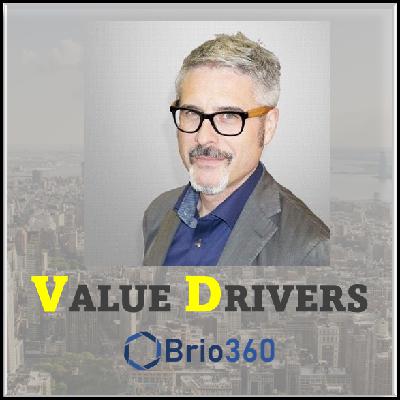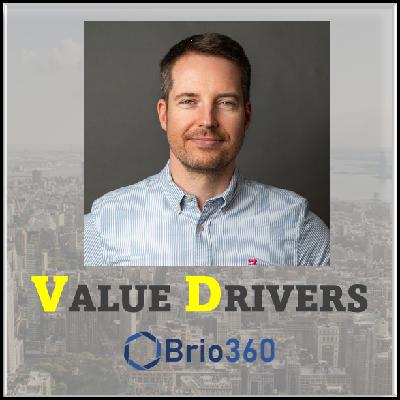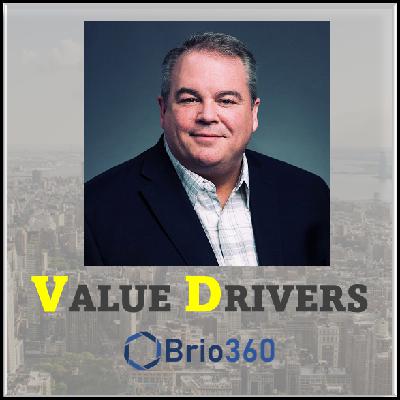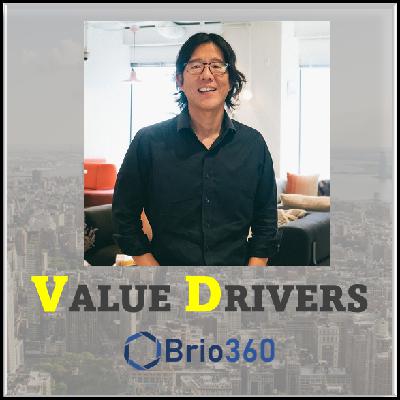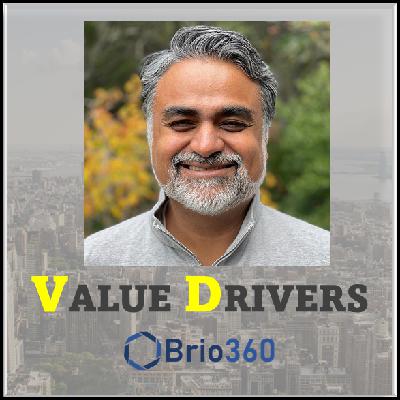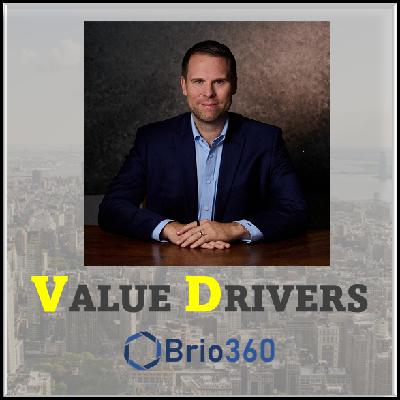Layering Capital from Sponsor Equity to Permanent Debt with Greg Saunders
Description
This interview features Greg Saunders, CFO of Coast Energy, discussing the complexities of scaling solar, storage, and microgrid projects for commercial real estate portfolios, a sector he notes is exciting but prone to risk, complexity, and surprises, likening the environment to "riding the roller coasters". Saunders, who has a background in specialty finance and clean energy financing, highlights that the CFO has a front-and-center role in product design due to the granular financial structuring required for these capital-intensive projects.
Coast Energy’s ability to optimize both the cost and flexibility of capital is supported by strong private equity sponsors. The company uses approximately five or six kinds of capital, matched specifically to the project stage, from conceptual planning through operation. This financing journey begins with sponsor equity for early-stage conceptual funding, design, and marketing. As projects advance, they utilize a development debt facility (a 1–2 year term typically covering 55%–70% of costs at an 8%–10% interest rate), followed by a construction line of credit (18–24 months) once the project is de-risked by permits and entitlements, covering 70%–80% of construction costs. Finally, as the asset becomes operational, permanent debt (7 to 10 years, or up to 25 years for applicable programs) and tax credit financing are secured. Permanent debt is sized conservatively (40%–60% of asset cost) based on the Debt Service Coverage Ratio (DSCR), typically 1.2 to 1.6, to ensure a cash flow cushion. Together, the permanent debt and tax credit financing cover roughly 90% of the project cost and are used to take out the construction loan. The federal Investment Tax Credit (ITC) and depreciation policies, leveraged by tax equity investors (often large banks seeking a strong after-tax return), are key to lowering the overall cost of capital.
A central element of Coast Energy's success is its "zero capex model," which removes the $2 million to $5 million upfront cost barrier for commercial property owners. Customers benefit from lower, predictable energy costs through a Power Purchase Agreement (PPA)—often a 20-year contract—where they pay 10% to 25% less than utility rates . For Coast Energy, this creates long-term, high-credit-quality cash flow streams that are highly valued by investors . Property owners highly value this stability, which also improves their property's Net Operating Income (NOI), translating immediately into increased property value when multiplied by the capitalization rate. To manage the inherent variability of project development, which can range from six months to several years and be complicated by utility upgrades and tangled permitting processes, Saunders emphasizes the necessity of financial agility and portfolio diversification. Risk is mitigated by geographic diversity and diverse off-takers (e.g., utilities, multi-family, healthcare), which de-risks cash flows and increases the company's long-term value to potential acquirers.
Key Takeaways for Other CFOs
• Build Sophisticated Scenarios: Due to the variability of project development and construction timelines (often delayed by utilities or local permitting), financial planning and forecasting must include sophisticated scenarios to prepare for and react to the accumulation of things that could "go sideways".
• Prioritize Capital Flexibility and Cost: When leveraging strong financial backing (e.g., private equity sponsors), actively optimize both the low cost of capital and its flexibility; these two goals are often "diametrically opposed," as the lowest cost capital may come with restrictions and covenants that limit product adjustments.
• Match Capital to Project Stage: Employ a layered financing approach (up to 5 or 6 types of capital) where the duration and cost of capital are matched to specific project stages, from sponsor equity for early development, through short-term development and construction debt, to long-term permanent debt and tax equity once operational.
• De-Risk Through Diversification: To make cash flows valuable to investors and build a resilient company, actively seek geographical diversity and diversity among off-takers (customers), such as utilities, commercial property owners, multi-family, and healthcare organizations.
• Understand Counterparty Intent: In financial negotiations, prioritize understanding what truly "makes them tick," such as specific risk concerns (e.g., delinquency or repayment before maturity). Knowing their core priorities allows you to navigate a "win-win solution" that respects their needs while ensuring your sustainable product delivery.
• Commit to Hard Work: Recognized as an "enduring constant," there is "no substitute for hard work," requiring CFOs in fast-growing companies to commit fully to the business, often involving long hours
Chapter Summary
(00:01:03 ) Greg Saunders, CFO of Coast Energy, discusses scaling solar and microgrid projects for commercial real estate. He notes the CFO’s integral role in product design due to complex financial structuring. He describes the industry as exciting but full of complexity, risk, and surprises, likening it to riding the roller coasters.
(00:04:07 ) Supported by private equity, Coast Energy optimizes capital cost and flexibility, recognizing that the lowest cost capital often imposes restrictive covenants. The company uses 5 or 6 types of capital, matching the cost and duration to the specific stage of the project.
(00:07:21 ) The capital pathway starts with sponsor equity for early design, followed by a development debt facility (1–2 years, 8%–10% rate). Once permits de-risk the project, a construction line of credit (18–24 months) covers 70%–80% of costs, paying off the earlier development debt.
(00:09:54 ) Projects transition to permanent debt (7 to 25 years) and tax credit financing. Permanent debt is conservatively sized (40%–60% of asset cost) based on a Debt Service Coverage Ratio (DSCR) of 1.2 to 1.6. Tax equity investors, often large banks, utilize the Investment Tax Credit (ITC) and depreciation policies to lower the overall cost of capital.
(00:15:19 ) The zero capex model removes the $2M–$5M upfront barrier for commercial property owners. Customers gain predictable, lower energy rates (10%–25% less than utility rates) via a Power Purchase Agreement (PPA). For Coast Energy, this generates long-term, high-credit-quality cash flows that improve property Net Operating Income (NOI).
(00:21:29 ) Due to variable timelines caused by utility delays and permitting, financial forecasting requires building sophisticated scenarios to anticipate issues a year or two out. Risk mitigation involves diversifying projects geographically and across off-takers (e.g., healthcare, multi-family). Saunders emphasizes understanding counterparty priorities in negotiations to find win-win solutions and that there is no substitute for hard work.
Resources:
Stay Updated:
Please visit Brio360 on other episodes and resources on driving value creation
Follow our host:
Peter Ho
https://linkedin.com/in/peterhocm
Please note that information provided in the podcast is for informational and educational purposes only and is not a recommendation to take any particular action, nor an offer or solicitation to buy or sell any securities or services presented. It is not investment advice. Brio360 does not provide legal or tax advice.



